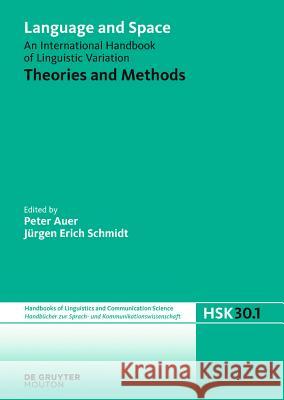Theories and Methods » książka
Theories and Methods
ISBN-13: 9783110180022 / Angielski / Twarda / 2010 / 905 str.
The dimensions of time and space fundamentally cause and shape the variability of all human language. To reduce investigation of this insight to manageable proportions, researchers have traditionally concentrated on the "deepest" dialects. But it is increasingly apparent that, although most people still speak with a distinct regional coloring, the new mobility of speakers in recently industrialized and postindustrial societies and the efflorescence of communication technologies cannot be ignored. This has given rise to a reconsideration of the relationship between geographical place and cultural space, and the fundamental link between language and a spatially bounded territory. Language and Space: An International Handbook of Linguistic Variation seeks to take full account of these developments in a comprehensive, theoretically rich way. The introductory volume examines the concept of space and linguistic approaches to it, the structure and dynamics of language spaces, and relevant research methods. A second volume offers the first thorough exploration of the interplay between linguistic investigation and cartography, and subsequent volumes uniformly document the state of research into the spatial dimension of particular language groupings.
Key features:
- comprehensive coverage of the field in terms of theory and methods
- the unique volume stands alone, since it neither is a handbook of dialectology or of areal linguistics, nor a handbook on language variation alone
- gathers together a great number of distinguished scholars and experts in the field











